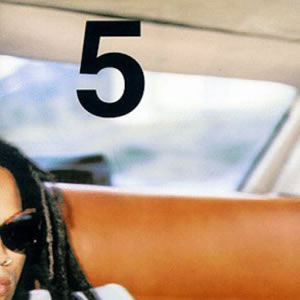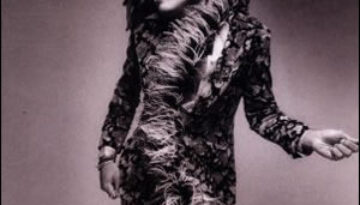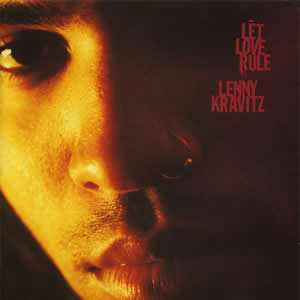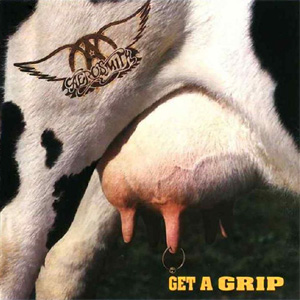Lenny Kravitz 5
Buy Lenny Kravitz 5 The fifth studio album by Lenny Kravitz, released in 1998 is aptly titled 5 and saw the talented artist return to top commercial success as well as expand his […]

Buy Lenny Kravitz 5 The fifth studio album by Lenny Kravitz, released in 1998 is aptly titled 5 and saw the talented artist return to top commercial success as well as expand his […]

Buy Mama Said Lenny Kravitz followed up his brilliant 1989 debut, Let Love Rule with Mama Said two years later. Although many critics thought this sophomore effort paled in comparison, Mama Said was […]

Buy Let Love Rule While only a moderate success in the United States, the 1989 debut album by Lenny Kravitz became an instant and huge hit elsewhere in the world. Let Love Rule […]

Buy Get a Grip Aerosmith made an amazing comeback in the late 1980s, as the band which was essentially dead at the beginning of that decade sprang back with a second act unlike […]